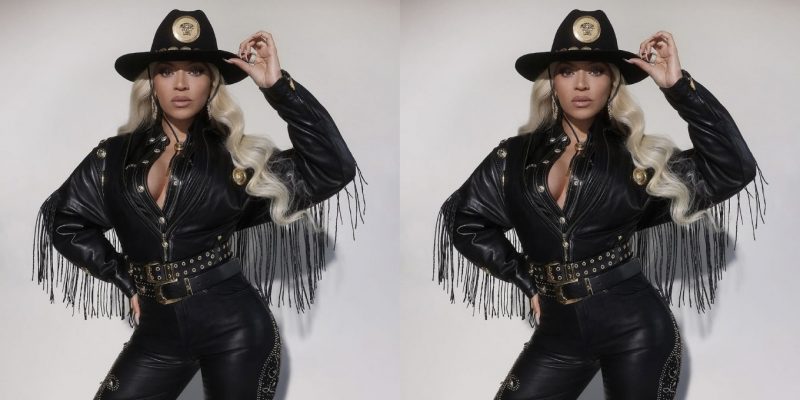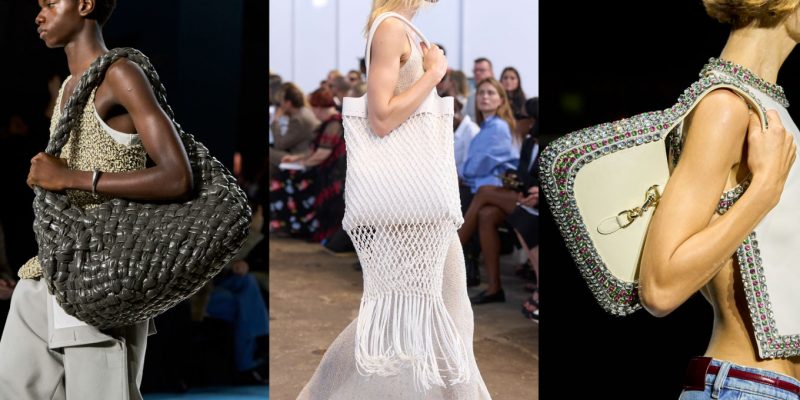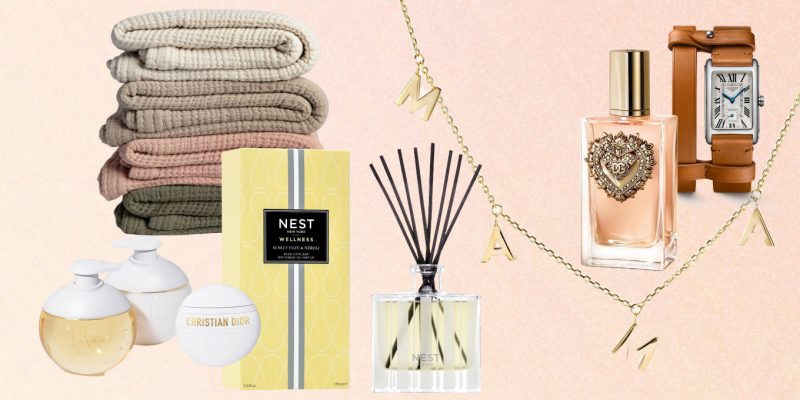Fashion
These Indigenous Fashion Designers Should Be On Your Radar
These designers share what being Indigenous means to them, their design inspiration and how they exist in the fashion industry.
by : ELLE Canada- Jun 21st, 2022

Korina Emmerich, Dusty LeGrande
Janelle Wawia

Photo courtesy of Janelle Wawia
How did it feel to showcase your work at the Indigenous Fashion Arts Festival?
Showcasing my work at the Indigenous Fashion Arts Festival in Toronto was fascinating and uplifting. I was inspired by each of the designers, by the community, my new collaborations, and friendships I made. A major highlight for me was documenting my designs and inspiration through the IFA Video Collection. The project allowed me to share my design journey – from backstage to runway. I shot the video myself using iPhone 13 Pro and it was edited by an incredible indigenous filmmaker, Shane Belcourt.
What is it like being an Indigenous designer in the fashion industry?
The industry has been encouraging however, it’s a challenging space to navigate. As Indigenous designers are being recognized for their work, I feel it’s important that those of us who have broken into the industry make space for and mentor other indigenous designers. It’s a place where I can exhibit my art using various fur techniques, and traditional craft, exclusively designing beaver teeth jewellery and utilizing resources from the land. The fashion industry has provided me space to share my unique designs that allow my dreams to come alive through fashion.
Where did you get the inspiration for your most recent collection?
The inspiration for my recent collection called Kitchitwaa Aki, majestic earth/the land is king/queen, comes from my background as a trapper and our family lifestyle. The collection
represents how creating from the bush can be sustainable, ethical, and fabulous at the same time. The power of the land and the connection between women and the land inspires me along with the history of Indigenous women who were trappers that created beautiful work. I am inspired by colours, smells, sounds, visuals and everyday living on the line.
How have you incorporated your Indigenous history into your work?
I am incorporating a living lifestyle into my work. We are still here. I am sharing traditional crafts such as beading, fur work, and hide tanning. Incorporating my culture and lifestyle into my work has been rewarding and will carry its own merit in the fashion industry or among other avenues such as art museums and art exhibitions. I am incorporating love and stories from the past in each element of my designs. I want someone to have a sensory relationship with my designs.
Korina Emmerich
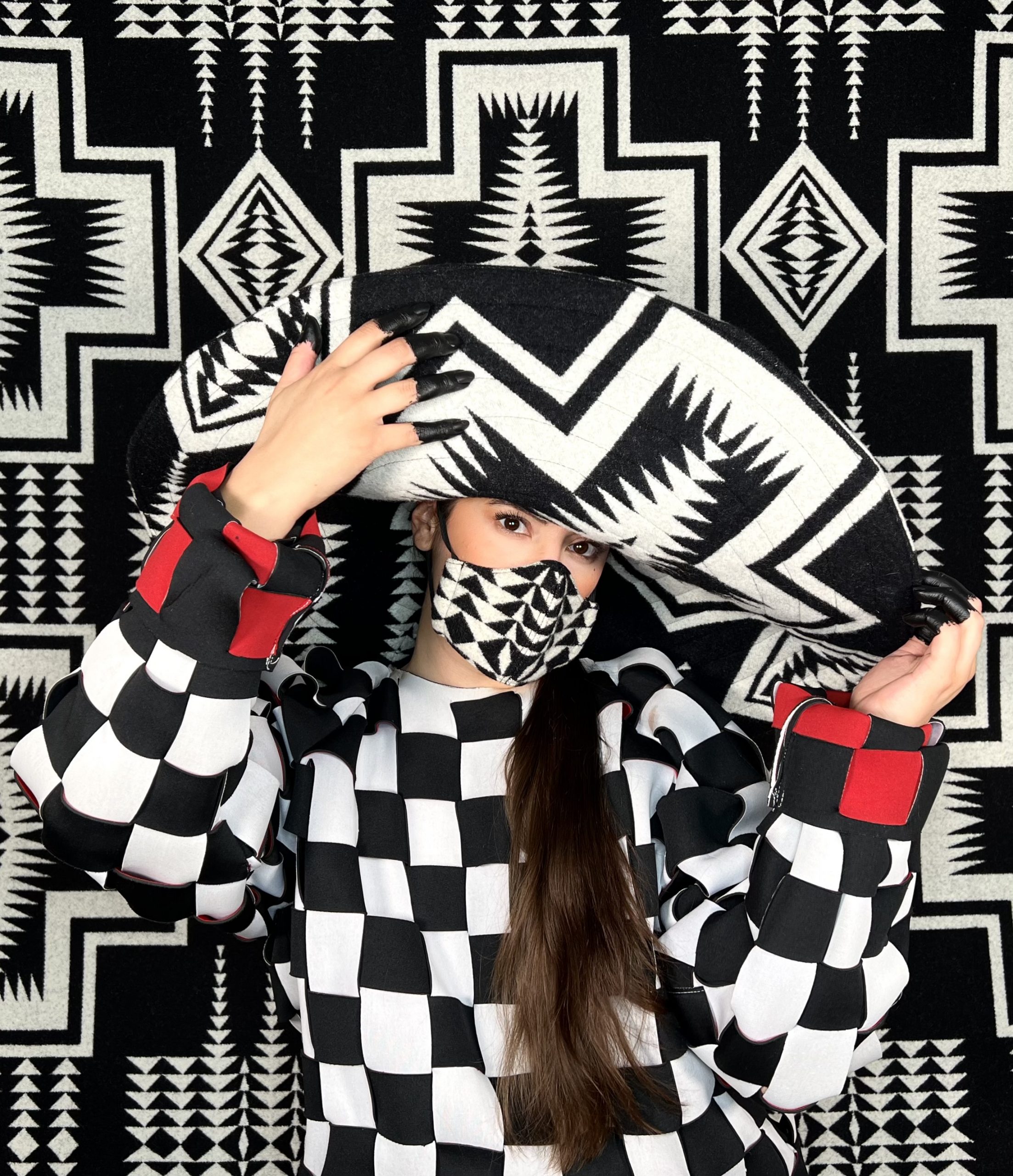
Photo courtesy of Korina Emmerich
How did it feel to showcase your work at the Indigenous Fashion Arts Festival?
I feel incredibly honoured to be included in the Indigenous Fashion Arts Festival. Having the opportunity to show my new collection among so many talented Indigenous artists and designers brings a feeling greater than gratitude, but one of resilience and pride. Sage Paul’s dedication to creating space for Indigenous artists to thrive and present their work on numerous platforms is so encouraging.
What is it like being an Indigenous designer in the fashion industry?
While I try to work outside the restrictive nature of ‘Industry’, my art is multi-disciplinary and my medium is textile, although I do often have to work within the industry’s parameters. Being an Indigenous designer may always feel like being “other” in an industry that is just recently spotlighting our work. This is why festivals like IFAF are so important to Indigenous artists and designers. We get to share space to celebrate each other’s work on this large, diverse, and inclusive platform. So often we are marginalized in the fashion industry, being seen as “niche” or “novelty”, which can feel like a constant reminder that we don’t get to share the same platforms as well-known fashion houses.
I love working alongside great minds in our communities to be able to give voice and support for Indigenous high fashion and art without the pressure of “outside” approval. Proving that sometimes it’s not about getting a seat at “their” table, but having the confidence and drive to build our own tables with the endless rows of seats we pull out for each other. I look forward to seeing the continuing strength and support that builds up our communities and truly celebrates our work in art and fashion.
Where did you get the inspiration for your most recent collection?
This collection titled: Misshapen Chaos of Well Seeming Forms is an exploration of the visual symbols in the media over the last few years. It is a discussion on the illusion of freedom, and the complex divisions in society as a whole. It is a story of reclamation through our own well-being, shutting out the noise, and meeting our responsibility to life.
It is a reflection of my personal process of healing through my work and coming to terms with my own mental health. Allowing myself to build something out of it rather than let it rot inside of me. The toll on our collective mental health in the past few years has been ubiquitous with the constant deluge of information filtered through the media as we try to understand and process a constant state of chaos. I find myself best able to process my struggles with mental health through my work and my culture. Knowing that the more connected I am to my art and my people, I will be guided to the good in my life and fulfill my responsibility.
What is your design process like?
With this collection, I truly wanted to focus on my strengths as a designer, incorporating tailoring and weaving. I am greatly inspired by color and music and can see a full collection in my mind before I start the physical process of making. Because I often work alone on samples, it can be tedious, but I love to spend time with each garment, recognizing that my energy goes into the fabrics I work with while creating adornments birthed from my thoughts. Capturing the energy of my work has been easy while using iPhone 13 Pro, which can focus on the smallest details of my textile work to the full-room energy of my runway show. The use of this technology allows me to translate and share my work seamlessly through an exemplary lens.
I work best in limitations with a great focus on sustainability, which is why I focus on working with wool and upcycled materials. The wool fabrics I use have been Cradle to Cradle Certified by MBDC. Wool is an environmentally friendly and naturally renewable fibre that can be recycled or composted as a healthy additive to the soil. Circularity is always a part of my design process as I focus on how my work, holistically, will impact the future.
How have you incorporated your Indigenous history into your work?
The piece that garnered that biggest reaction was definitely a coat I tailored in the Hudson’s Bay print that was chaotically wrapped in red wool strands, restricting the model’s (Scott Wabano) arms and ability to move. This piece is a nod to the ensemble I have currently on view at The Metropolitan Museum of Art in NY which explores my own familial ties to HBC as an Indigenous person.
My four-times-great-grandfather worked for the Hudson’s Bay Company as a canoe middleman from 1826 to 1842, until his retirement to [Washington] state, where their children were raised. My family has resided in the same area since then, where my great-grandmother Rose Juanita McLeod (Puyallup/Nisqually) survived the Cushman residential school (also known as Puyallup Indian School) until her eighth-grade year. My reclamation of the HBC fabrics gives a voice to my family and calls attention to the colonial violence and exploitation perpetrated by the Hudson’s Bay Company against Indigenous people. I want to tell our stories and highlight the multi-generational strength I carry because of the resilience of my ancestors, despite enduring decades of violence. We are still here.
Dusty LeGrande
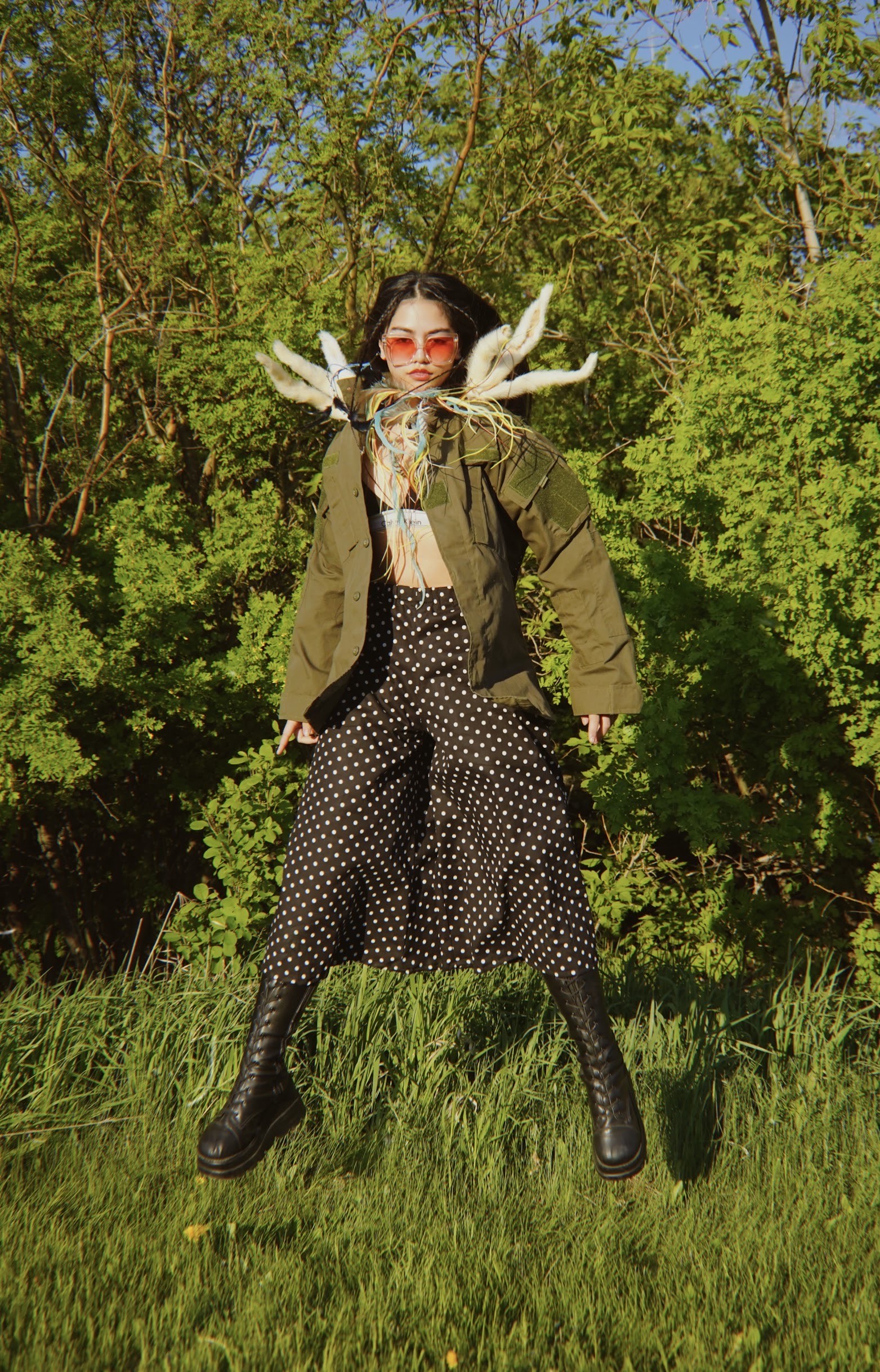
Photo courtesy of Dusty LeGrande
How did it feel to showcase your work at the Indigenous Fashion Arts Festival?
Showcasing alongside such brilliant indigenous artists is always an honour. IFA brought some of the most talented designers worldwide together and was always a dream of mine to be a part of this show – something magical happens when the indigenous design community comes together like this. I have had the privilege to show collections on many runways but this stage is very special for how it demonstrates and highlights indigenous art on such an evolved level.
What is it like being an Indigenous designer in the fashion industry?
For myself, being a designer is much more than fashion, it’s about representation, authenticity, inspiration, and empowering the next generations to come. Fashion is much more than clothing, it’s a voice, a statement and it represents your story in every room you walk into. I do this for my ancestors, for my children, and for all the powerful creatives to come. Our stories contain energy that will be needed now and future as we must shift to a more sustainable and conscious species.
Where did you get the inspiration for your most recent collection?
The ᓃᑭᕁ – nîkihk [my home] collection was inspired by indigenous movements from many eras. Utilizing the world around us as our ancestors have always done, up-cycling as a means of limiting waste, and presenting inclusive energy in all spaces.
Newsletter
Join our mailing list for the latest and biggest in fashion trends, beauty, culture and celebrity.
Read Next
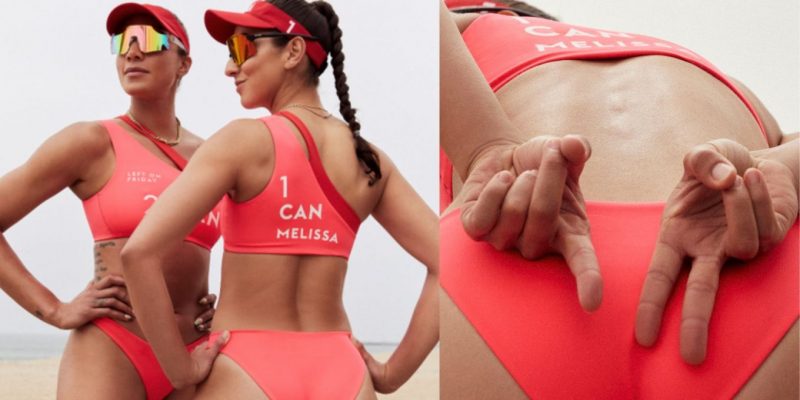
Fashion
This Canadian Swimwear Brand Designed Canada’s 2024 Women’s Olympic Beach Volleyball Team Uniforms
And they're *so* good.
by : Allie Turner- Apr 24th, 2024
Fashion
The Most Iconic Looks In Met Gala History, From 1973 To Now
40 years of the night that's all about trailblazing fashion.
by : ELLE Australia- Apr 24th, 2024

Culture
ELLE Escapes: Savannah
Where to go, stay, eat and drink in “the Hostess City of the South.”
by : ELLE- Apr 15th, 2024

